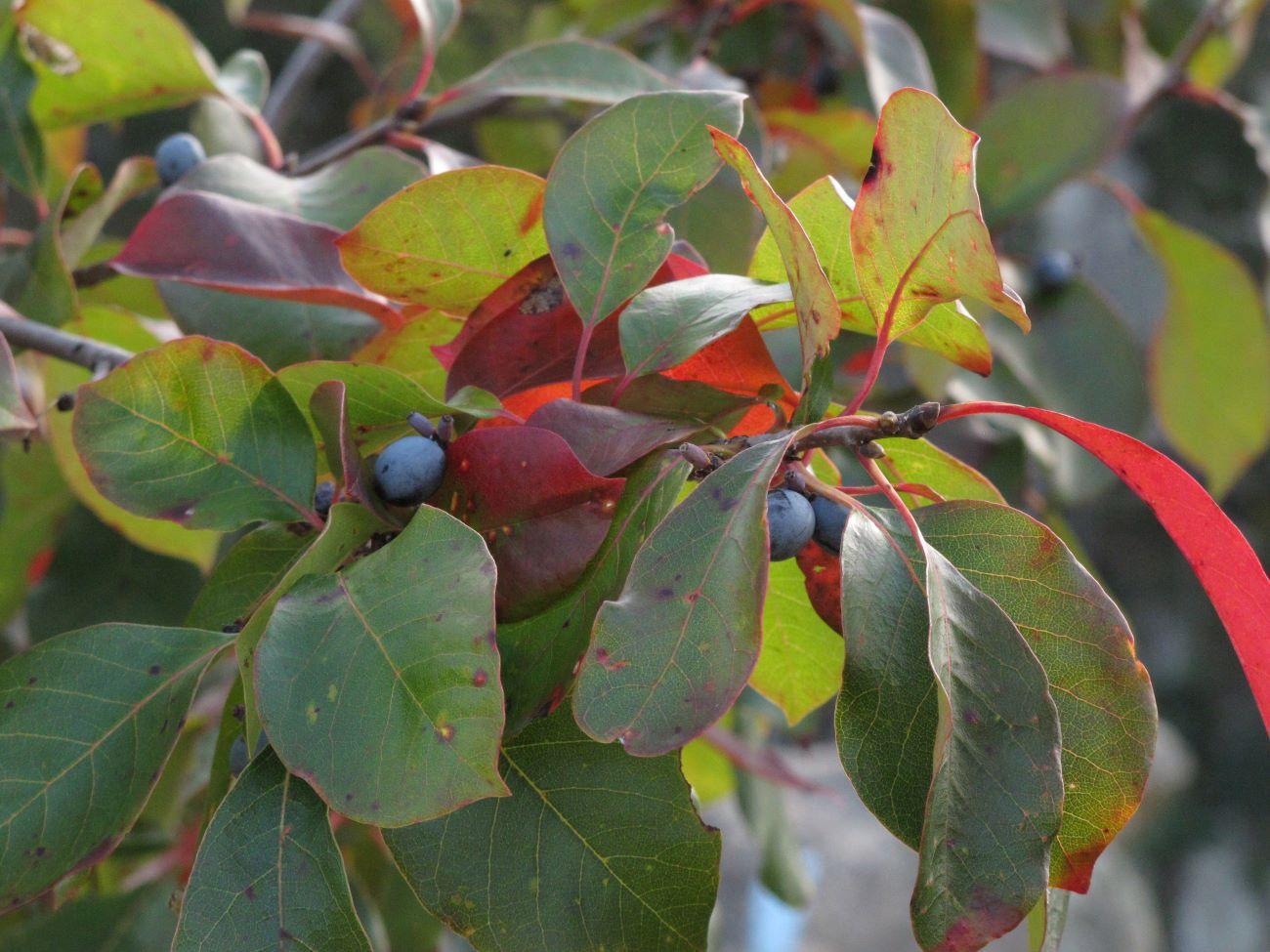The Maryland House Bill 950 (the Maryland Native Plants Program) will bring education, awareness, and recognition to consumers and producers about the importance of native plants. To that end, a statewide advisory board has compiled a comprehensive list to share with the commercial industry and consumers. (The board consists of representatives from the University of Maryland Extension, the MD Department of Agriculture, the MD Department of Natural Resources, the Maryland Native Plant Society, and various nurseries.)
This draft “Commercial Maryland Native Plants List” (CMNPL) includes plants that are native to Maryland, commercially available, and appropriate for growing in residential or commercial landscapes. According to the commonly used definition used in the HB950, a ‘native’ occurs naturally in the State and surrounding region, ecosystem, and habitat, without direct or indirect human actions. Also, only plants present before colonial settlement are considered native.
A scientifically definitive source for determining whether a species is native to Maryland is the Maryland Plant Atlas website. This is used in creating the CMNPL as stipulated in HB950. The list specifies use of straight species with one exception. Specifically, a cultivar or hybrid of a native plant may be included if the straight species can no longer be viable due to an invasive insect or pathogen.
The Commercial Maryland Native Plants List is a living document that is updated regularly. Is there a species that you'd like to see added to the list? If so, please fill out the 'Add a Species' form.
